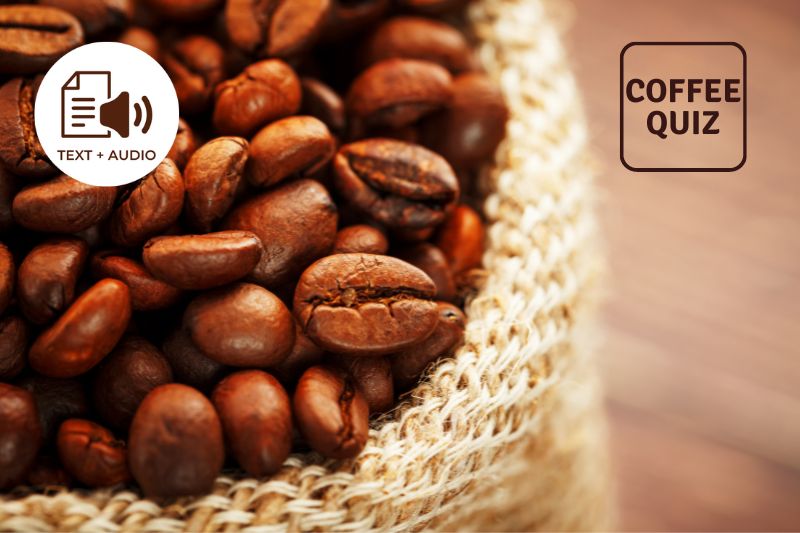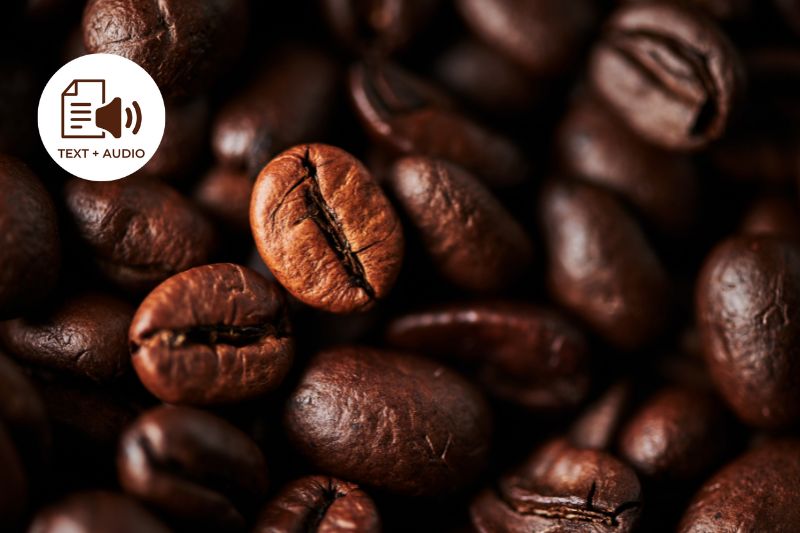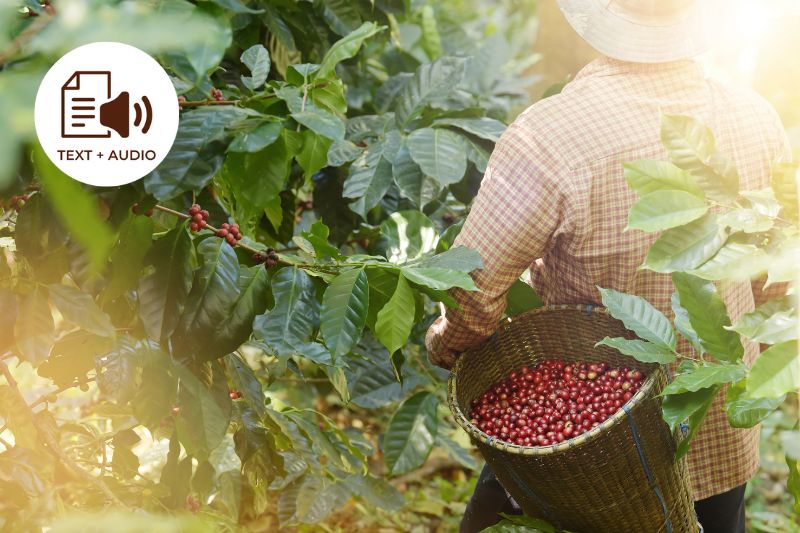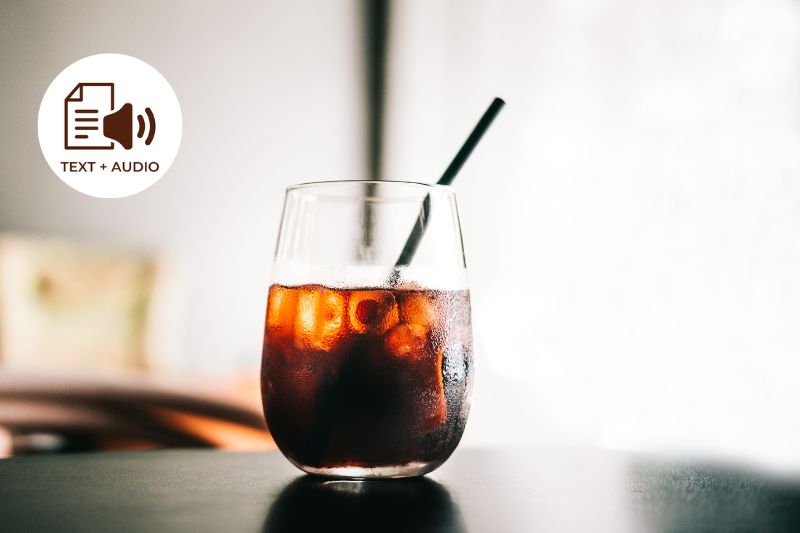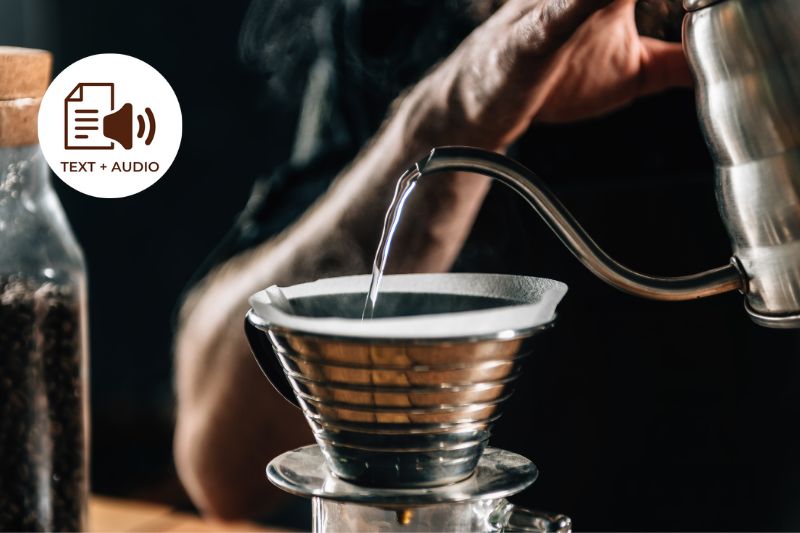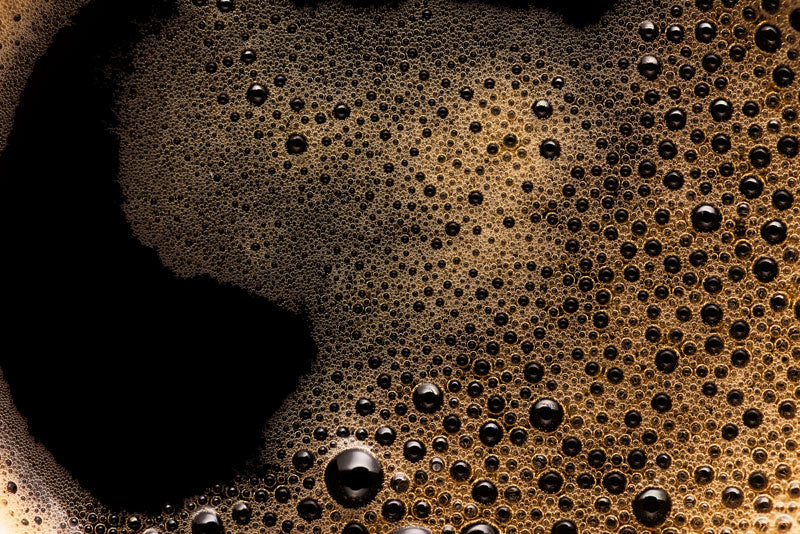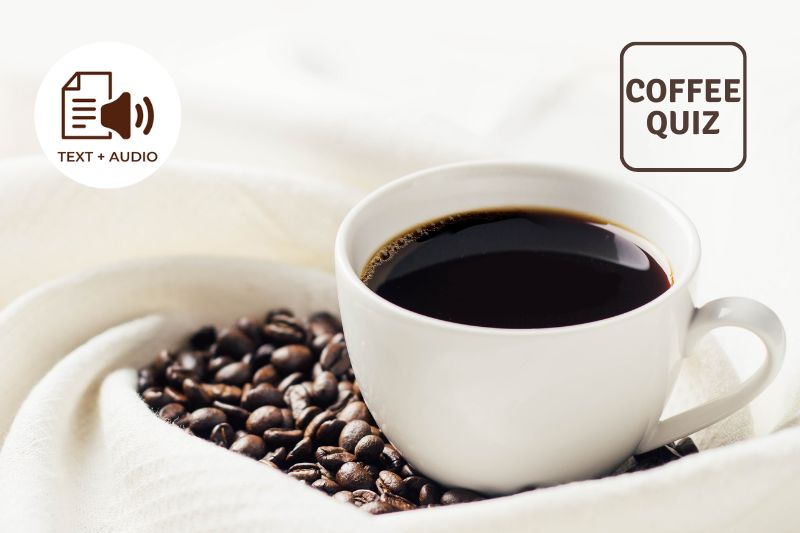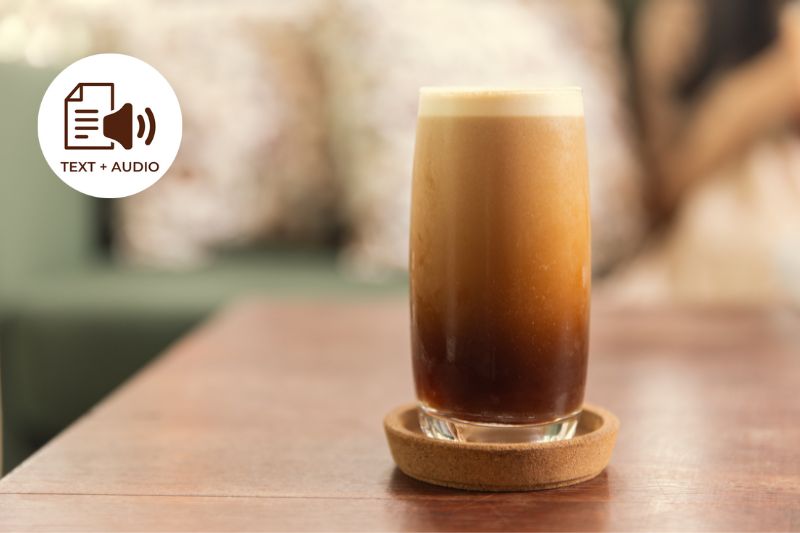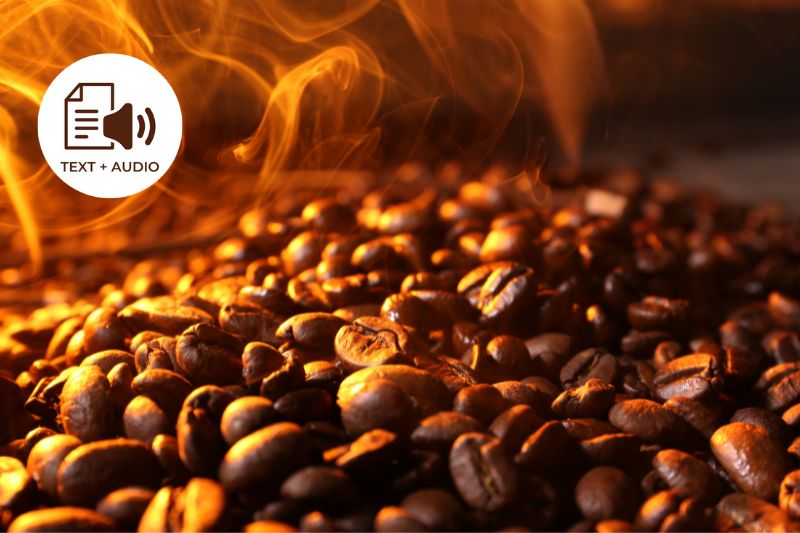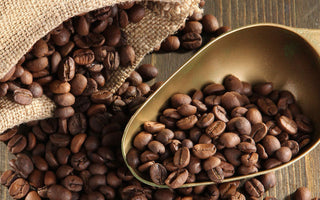Would vacuum-sealed packs be the best to store your coffee beans?
You spend too much on its quality. You do not want it to go wrong right away, right? You were so excited to unpack your fresh ground coffee and resealed it for the next day. The following day, you just unpacked it, and you were happy to smell the aroma all over your house. You resealed the coffee pack again, trapping more oxygen in the bag. The oxygen trapped inside the bag would surround the beans.
However, have you noticed your coffee left open in its original packaging for several days develops its staleness and loses its aroma and flavor? Just because your coffee beans are packed in an airtight vacuum-sealed package, it gives you a notion that the coffee beans are as fresh as they seem. Still, experts actually claim that coffee beans lose 50%-60% of their flavor and aroma within 14 days of the roast.

Knowing the freshness of coffee Beans
Coffee beans would be at their freshest between twenty-four to forty-eight hours after being roasted, and after such, it is all downhill fast. However, during these twenty-four to forty-eight hours of freshness, little is known that when coffee beans are being roasted, it produces several factors and releases them, particularly carbon dioxide. A newly roasted fresh-ground coffee emits so much carbon dioxide.
What is vacuum sealing?
One of the popular ways of sealing and packing coffee in the market is through vacuum sealing. By vacuum-sealing coffees, manufacturers remove the air from the coffee bag to protect the coffee's flavor and aroma. Still, manufacturers have to wait for the coffee beans to continue to breathe and off-gas before vacuum sealing the bags. When coffee stops giving off-gases to be vacuum-sealed, it is no longer fresh.
Your Coffee Bean and Carbon Dioxide
Actually, carbon dioxide on your fresh ground coffee is not a bad thing. The presence of carbon dioxide actually lessens the presence of oxygen surrounding the coffee beans, making the beans stale. In essence, the carbon dioxide displacing the oxygen helps extend the freshness of coffee beans in a minor way.

However, trapping the carbon dioxide in a vacuum-sealed pack is not a good thing. Upon roasting the coffee beans, they are usually stored and cooled at room temperature. This does not happen only for a few minutes but takes several days, usually about twenty-four to forty-eight hours to occur. If you intend to trap your fresh ground coffee together with the released carbon dioxide in it, then your coffee beans would end up as unattracted extraction output of going stale for being overexposed from oxygen. Over the few days, the coffee beans' internal changes continue to occur because of several factors and several chemical reactions initiated during roasting.
However, leaving your beans to "cool down" would decrease the flavor and bring out the mellowness added by the caramelization process. Many factors would significantly affect the taste of your coffee beans when left exposed after roasting. Some of these factors are lipids, fats, and oils that break down into oligo-fatty acids and then further break down to become rancid. You would not want an unpleasant smell in your beloved coffee beans, wouldn't you? Some proteins will denature into amino acids and amino acid-like derivatives that produce "unique and distinctive" odors.
At worst, some smell like dead fish. Suppose the coffee beans are packed right away after roasting. In that case, the carbon dioxide will end up expanding or even bursting the bag. Not just will it explode your coffee bags, but it would also harm the delicate flavors of the coffee.
What does vacuum sealing do to Your Coffee Beans?
That is why the coffee beans must be left on their own first before being packed. However, this could be a bad idea of getting the coffee beans exposed because doing so would mean letting the beans stale, and it would lose their freshness. If one would insist on vacuum sealing coffee, then what could be done is to use pre-ground coffee. Still, everything knows that it does not taste good as fresh-ground coffee. That is why vacuum-sealed bags are generally considered an inferior method of shipping freshly-roasted coffee beans.

Once this happened, the gas will fill up the bag and would fill in a vacuum-sealed bag. The gas trapped inside the bag would eventually cause moisture, expose your beans to humidity, and dampen your beans. Obviously, your coffee beans would no longer be that fresh anymore. The moisture in the bag could even take on the flavors of other frozen items around it if it is stored inside a refrigerator.
There are also vacuum sealed cans to pack coffee beans. While one could use it to store the coffee beans longer than plastic bags, it could protect your beans from moisture, oxygen, and light, the same remains that there is a need to degas the coffee beans for several days before packing it, but this would result in the loss of the coffee bean's freshness, aroma, and taste. While you could enjoy the longer shelf life of your coffee beans, you obviously do not want to set it off with the loss of aroma and flavor of your beans.
Other packaging options
Having said the disadvantages of vacuum sealing fresh ground coffee, others opt for the better option of packing them in valve-sealed packages. With valve-sealed bags, the carbon dioxide from fresh-ground coffee could quickly be released from the bag without retaining any moisture or oxygen. Therefore, coffee beans contain their freshness and taste. Some manufacturers have also tried to get around vacuum-sealing by roasting instead into large super sacs with one-way valves that allow the coffee to gas off for a few days before being vacuum packaged, but this is the exception rather than the rule. Good coffee roasters will use a bag with a valve that lets coffee “breathe out” but not let outside gas in. These are the best choices.
This post about Why We Don't Vacuum-seal Our Coffee was first published in 2021. We added the audio of this blog in 2022 just for you.
Get Free Bonus Books

Sign up for free to the Coffee Club to get advice and exclusive articles about how to choose Japanese Coffee, and tips, tricks, and recipes for enjoying Japanese coffee.
About the author
Kei Nishida
Author, CEO Dream of Japan
Certification: PMP, BS in Computer Science
Education: Western Washington University
Kei Nishida is a passionate Japanese tea and coffee connoisseur, writer, and the founder and CEO of Japanese Coffee Co. and Japanese Green Tea Co., both part of Dream of Japan.
His journey began with a mission to introduce the world to the unparalleled quality of Japanese green tea. Through Japanese Green Tea Co., he established the only company that sources premium tea grown in nutrient-rich sugarcane soil—an innovation that led to multiple Global Tea Champion awards.
Building on this success and his passion for Japanese craftsmanship, Kei expanded into the world of coffee, pioneering the launch of Japanese Coffee Co., the first company to bring Sumiyaki charcoal-roasted coffee to a global audience. His dedication to authenticity and quality ensures that this traditional Japanese roasting method, once a well-kept secret, is now enjoyed worldwide.
Beyond tea and coffee, Kei has also introduced Japan’s legendary craftsmanship to the world through Japanese Knife Co., making handmade katana-style knives—crafted by a renowned katana maker—available outside Japan for the first time.
Kei’s journey continues as he seeks out and shares the hidden treasures of Japan, one cup and one blade at a time.
Learn more about Kei

